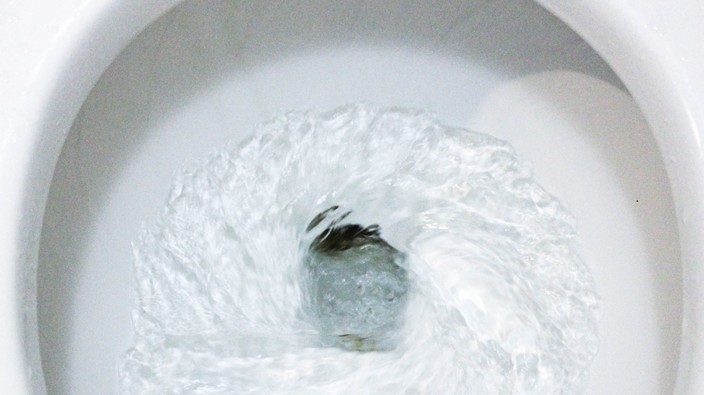A new study has added to the long list of behaviours we have to watch in order to ward off COVID-19. And yet, there is likely no cause to catastrophize.
Published Tuesday in the journal
Physics of Fluids
out of Yangzhou University in China, research consisted of a computer simulation of the toilet flushing mechanism and showed that the vortex generated by flushing can push out about 6,000 droplets and other tinier aerosol particles.
Flushing can fling anywhere between 40 to 60 per cent of aerosols high above the seat, reaching as high as 106.5 cm off the ground.
While the virus is mainly spread person to person through coughing, sneezing and the like, “but some patients have developed gastrointestinal symptoms such as diarrhea and vomiting, showing that the virus can survive in the digestive tract,” the study says.
A previous study from May in the journal
Science Immunology
has found high levels of viral RNA in some patients’ feces.
This means that the resulting aerosol spread, known as a plume, could potentially spread COVID-19. This is a bigger concern for public bathrooms where closing the lid may not be possible or simply just because more people are using them.
An April study from the
New England Journal of Medicine
found that the virus can live in the air for three hours and survive on stainless steel and plastics for 72 hours, although it weakens over time.
 2 minute read
2 minute read









